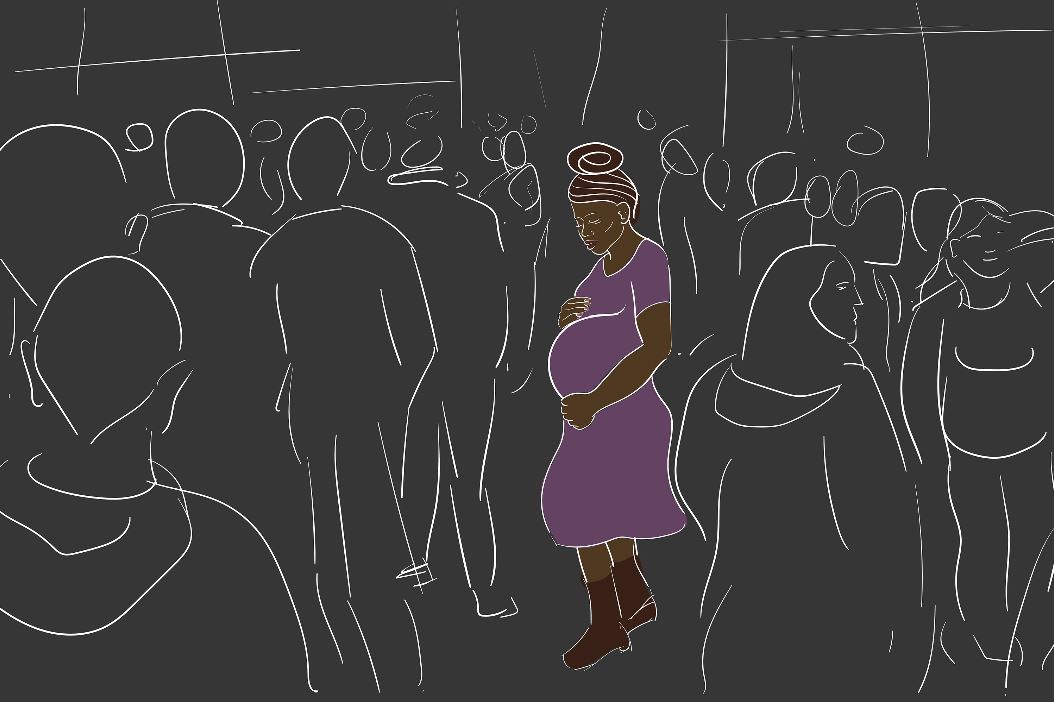Researcher studies how racism plays a role in higher death rate for Black babies
WVU Today
Black infants die at almost twice the rate of white infants in West Virginia, a statistic nursed by racism and other adverse circumstances not only in the state, but across the nation.
West Virginia University School of Public Health professor Lauri Andress is studying how chronic stress from living with racism and discrimination can lead to poorer health outcomes for Black mothers and their babies.
In West Virginia, white women experience higher infant mortality rates than the national average, which is only compounded for Black women. From 2015 to 2017, the March of Dimes reported there were 13.1 Black infant deaths for every 6.9 white infant deaths in West Virginia.
“The gap has been consistent across time and space,” Andress said. “What has changed is our thinking about why that gap exists.”
Nearly two decades after she initially became interested in infant mortality, Andress, as executive director of the Louisville Center for Health Equity, observed generally that access to prenatal care for Black women was better, but there were no significant improvements in infant death rates. She also found research indicating that even Black women with higher levels of education and mid-level incomes or higher were not experiencing better outcomes in infant and maternal health.
“This research is astounding because normally, in the case of almost every illness, income and education are protective factors acting to mitigate or decrease the likelihood that the group will experience that disease state,” Andress said. “Imagine what it’s like to live feeling constantly threatened, insignificant, excluded, stressed or made to feel you’re on the bottom. Chronic stress can come from racism and discrimination, which can lead to the increase of certain hormones, such as cortisol, which creates the flight or fight response.”
She said normally, these circumstances and the body’s response starts and ends, giving the body a rest.
“However, living under the adverse circumstances imposed by experiences of racism 24/7 with no respite within the body’s regulatory system can cause physiological changes in the body,” she said.
While the quantitative data already highlights the disparities, Andress is taking a qualitative approach to her research. She’ll be listening to the stories of Black and white women in West Virginia to learn more about their experiences and the circumstances in which they live.
“It’s presumably a side-by-side comparison,” Andress said. “Black and white women both experience poverty in West Virginia, but what are the differences for Black and white women living in poverty? Is the experience of racism for Black women different enough to create a Black and white gap in the infant death rate?”
Many underlying structural factors throughout the years have led to a variety of poorer health outcomes for people of color. For much of the 1900s, for example, segregation promoted the intentional development of white communities, which led to inferior access to resources and opportunities, such as medical care, for Black communities. Also, racial myths and implicit biases from health care providers persist and have been shown to lead to improper or inadequate care.
Andress also points to Adverse Childhood Experiences, or ACEs, which can include physical or emotional abuse, having a parent who is incarcerated or witnessing substance use. Andress argues that experiencing racism, too, should be considered among ACEs.
She plans to collect and catalogue the stories this year, then analyze her findings for publication in summer 2021.
Tweet @DominionPostWV




